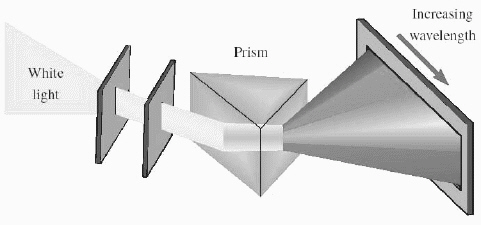Multiple Choice
When white light from the sun passes through a prism, it is broken down into bands of light that form colors. The wavelength,  , (in nanometers) of some common colors are: Blue:
, (in nanometers) of some common colors are: Blue:  Green:
Green:  Yellow:
Yellow:  Orange:
Orange:  Red:
Red: 
 When a fireworks display made of copper is burned, it lets out light with wavelengths,
When a fireworks display made of copper is burned, it lets out light with wavelengths,  , that satisfy the relationship
, that satisfy the relationship  . Write this inequality without absolute values; find the range of possible values for
. Write this inequality without absolute values; find the range of possible values for  ; and then, using the preceding list of wavelengths, determine the color of that copper fireworks display.
; and then, using the preceding list of wavelengths, determine the color of that copper fireworks display.
A)  , Green
, Green
B)  , Blue
, Blue
C)  , Green
, Green
D)  , Green
, Green
E)  , Blue
, Blue
Correct Answer:

Verified
Correct Answer:
Verified
Q211: Solve the inequality and graph the solution.
Q212: Solve the following system by the addition
Q213: Given the graph of the following equations.
Q214: Solve the inequality and graph the solution.
Q215: Solve the inequality and graph the solution
Q217: Solve the following system by the addition
Q218: Graph the solution set for the system
Q219: Solve the system. <img src="https://d2lvgg3v3hfg70.cloudfront.net/TBX8808/.jpg" alt="Solve the
Q220: Simplify each side first, then solve the
Q221: Solve the equation. If impossible, write no